You can easily turn your homegrown greens into a nutritious green powder to use in smoothies, soups and more! Here’s how to do it!
Growing your own greens is incredibly easy! Greens can be grown in containers, in-ground or in raised beds. Honestly, they are one of the easiest crops to start growing!
If you’ve gardened for any matter of time, you probably already know that greens tend to come on quickly and all at once! And, if you blink again, they will have all bolted!
Greens are ideally grown when temperatures are below 80 degrees. Anything above that, and you’ll find your greens bolting even faster!
A lot of root crops will also provide delicious and nutritious edible greens! Even cole crops like broccoli and cauliflower deliver a ton of greens in addition to the heads that we are used to capitalizing on! Don’t miss out on this valuable bonus harvest of greens!
That means we need to make the most of our greens while we have them! And, often, it can get a bit overwhelming to use them all up – even if you love salads!
So how is a gardener supposed to use up all those greens while they are in season? One of my favorite ways is to make green powder!
Benefits of Making Green Powder from Homegrown Greens
Green powder is just that: dried and powdered greens!
You’ve undoubtedly seen it in the grocery store health food aisle! Green powder has become a popular and efficient way to add extra greens into your diet. There are so many benefits, including:
- Aiding digestion
- Strengthening the immune system
- Being a healthy superfood for the menopause
But, do we actually know how those greens were grown and processed? Probably not.
Greens are at their best and most nutritious right after they are harvested. The nutrient levels start to drop considerably after that! This means that homegrown greens will be much more nutrient dense than store-bought.
Plus, you know that your homegrown greens are grown in nutrient-dense soil (further boosting their nutrient levels) and that they haven’t been sprayed with chemical herbicides or pesticides.
On top of all that goodness, think about all the fossil fuels for packaging and shipping that will be saved by growing and making your own greens powder at home!
And, if you already have a garden, you undoubtedly have greens going to waste at some point because, let’s face it: there’s usually too many to keep up with!
Dried greens are a perfect solution to extend the harvest!
Oh, and did I mention that a pack of seeds costs about $3 and will give you more greens than you know what to do with?!
Compare that with how much a tub of green powder costs at the health food store and you will be running to the nursery to grab some seeds!
Plus, if you let some of the greens bolt (go to flower), they will produce seeds that you can save for future years.
Greens are incredibly easy to save seeds from and one plant will give you hundreds of seeds!
So, what are you waiting for?!
Uses for Dried Greens & Green Powder:
- Blend them into your smoothies
- Add the powder or dried flakes to your soups, stocks, chowders and stews
- Mix them into rice dishes, casseroles and slow cooker meals
- Add them to homemade protein bars for an extra serving of veggies
- Add a sprinkle to your morning oatmeal
- Mix them into veggie dips
- Whip them up with egg dishes, like scrambled eggs, quiche and omelettes
Ideal Greens for Drying & Powdering:
- Radish greens
- Beet greens
- Asian greens like tatsoi and chinese broccoli
- Kohlrabi greens
- Kale
- Chard
- Broccoli leaves
- Cauliflower leaves
- Spinach
- Turnip greens
- Dandelion greens
- Carrot greens
How to Make your own green powder
[mv_create key=”10″ thumbnail=”https://staging7.rootedrevival.com/wp-content/uploads/2021/07/green-powder3.png” title=”How to Make Green Powder from Homegrown Greens!” type=”recipe”]
Pin it so you don’t forget it!
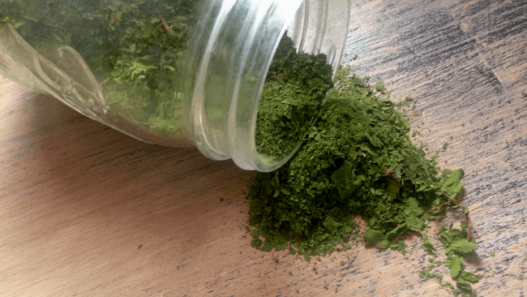
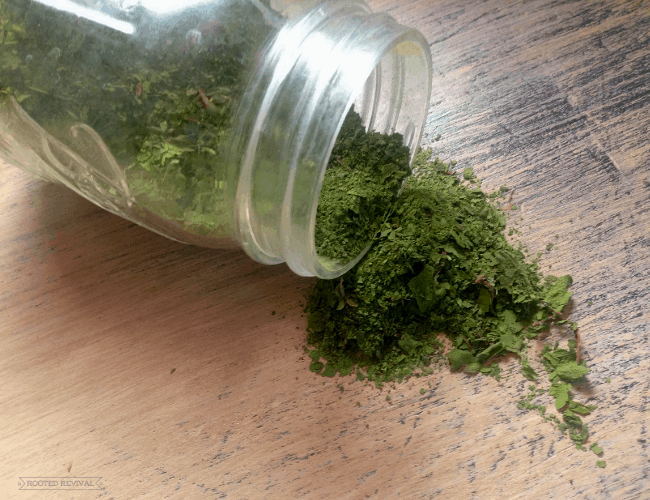









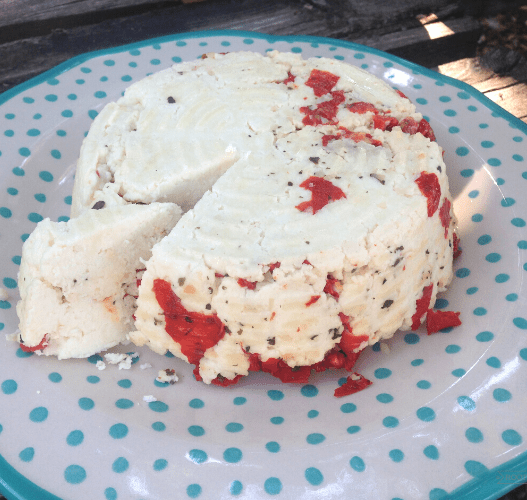
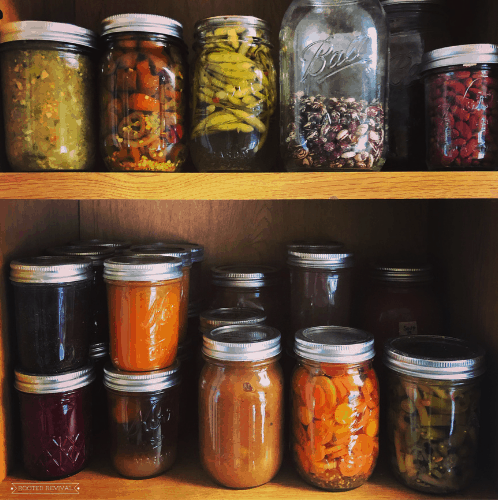

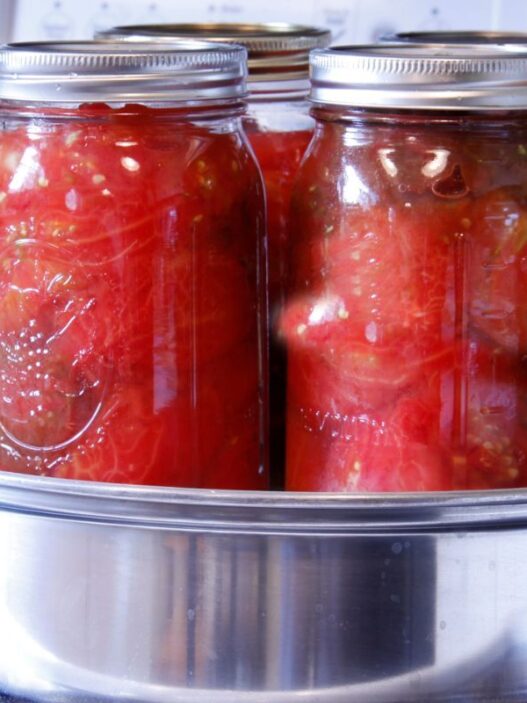
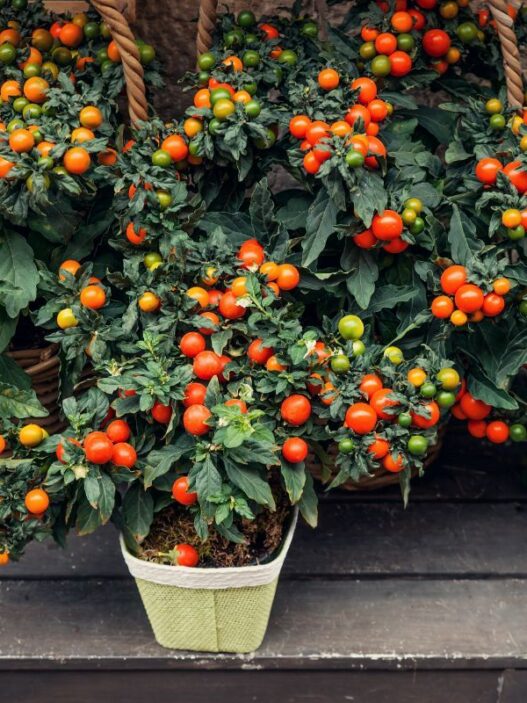
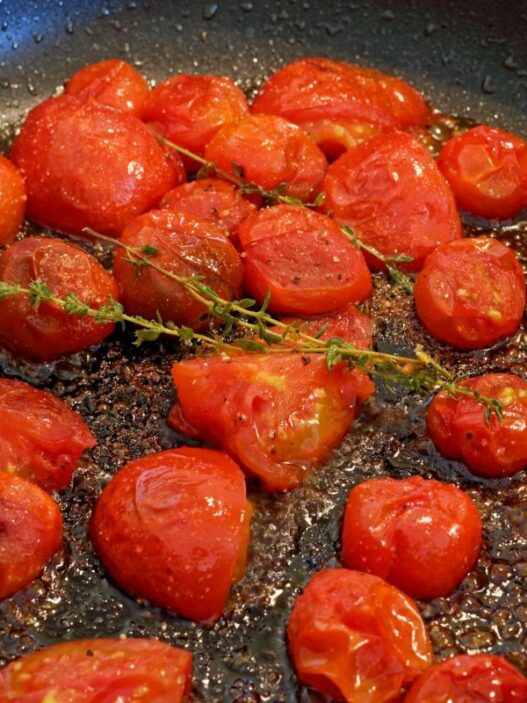
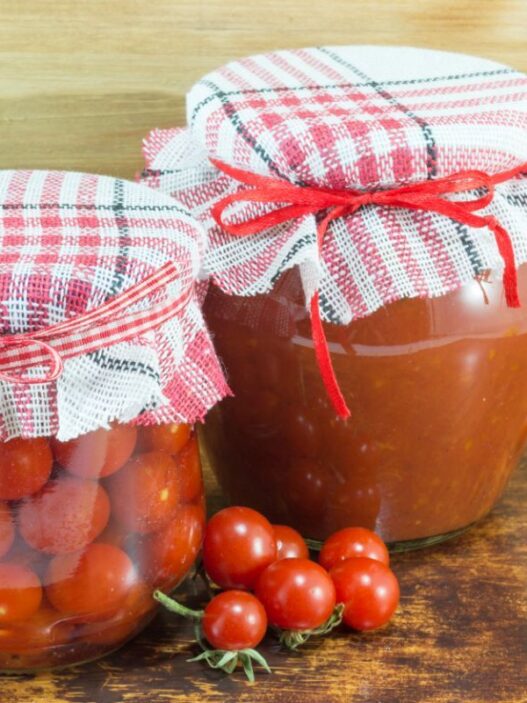
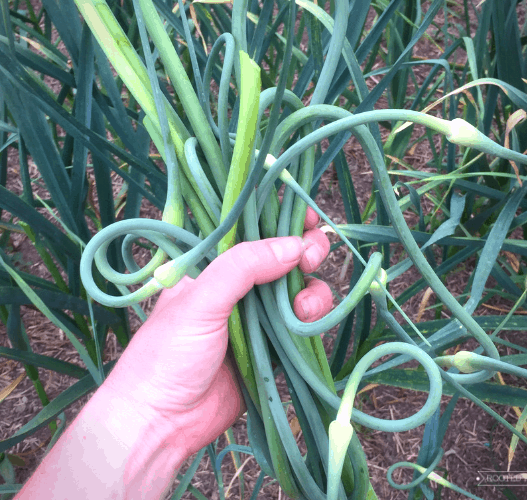
Thanks for the awesome article